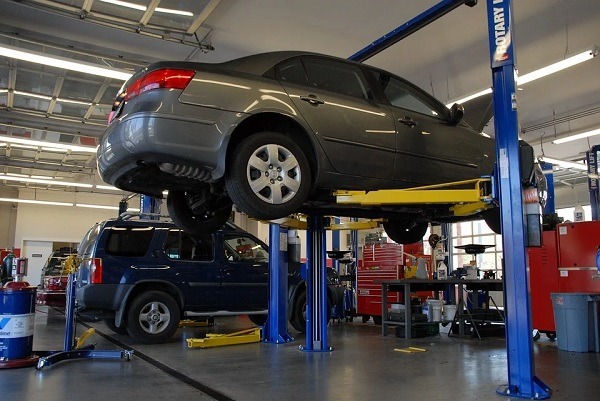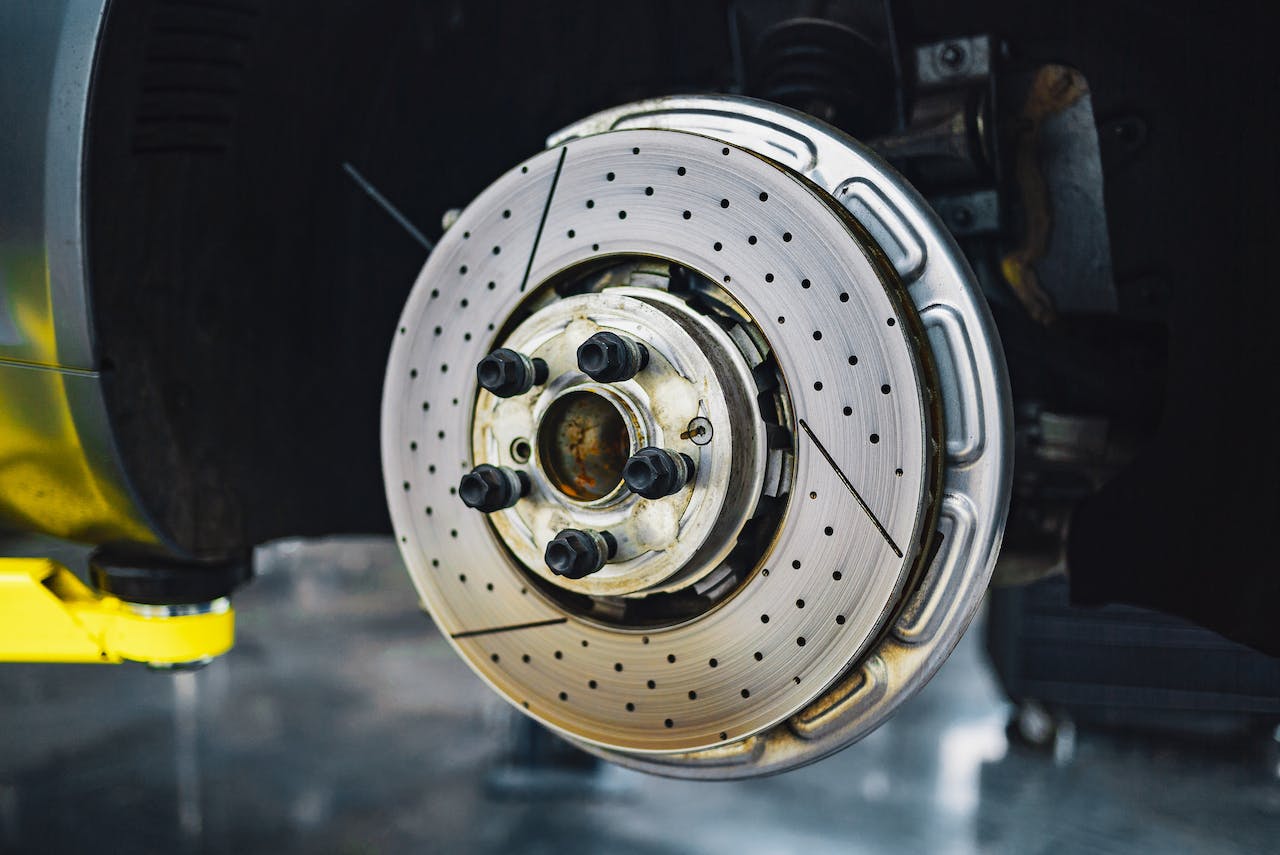Caring for your vehicle is akin to maintaining good health; regular checks and timely intervention can prevent major issues down the line. Being proactive about vehicle maintenance not only ensures a smoother, safer driving experience but can also significantly enhance your car’s resale value. Here’s an expanded guide to help you keep your car in top-notch condition. View here to learn more about car struts.
Comprehensive Engine Care
The heart of your car, the engine, demands regular attention. The engine oil plays a crucial role in ensuring smooth operation. It lubricates the engine’s moving parts, reducing friction and wear. It’s vital to check the engine oil level regularly and change it every 4,000 to 6,000 kilometers. Alongside, cleaning the engine air filters is essential to prevent dirt and debris from entering the engine, thus maintaining optimal performance.
Understanding Coolants
Coolants, often referred to as antifreeze, play a vital role in your car’s engine health. They are specially formulated to prevent the water in your engine’s cooling system from freezing in cold temperatures and boiling in hot conditions. A proper coolant mixture is crucial because just using water can lead to issues like corrosion, overheating, and freezing. Coolants contain additives that protect against corrosion and scale buildup inside the engine’s cooling system, thereby prolonging its life. Understanding what is antifreeze coolant and how it functions is essential for maintaining your vehicle’s optimal performance and longevity.
Types of Coolants
There are several types of coolants available, each designed for specific engine types and materials:
- IAT (Inorganic Additive Technology): Older formula, typically green in color, used in older models.
- OAT (Organic Acid Technology): Contains organic acids for corrosion protection, usually orange or dark green, and is often used in newer vehicles.
- HOAT (Hybrid Organic Acid Technology): A combination of IAT and OAT, commonly found in yellow or turquoise, suitable for a wide range of vehicles.
Coolant Maintenance
The maintenance of coolant involves more than just topping up the levels. It’s essential to:
- Check the Coolant Level Regularly: Ensure the coolant is between the minimum and maximum marks on the tank when the engine is cool.
- Inspect for Leaks: Look for signs of coolant leaks under your car or in the engine bay, which can lead to low coolant levels and engine overheating.
- Change the Coolant Periodically: Over time, the coolant loses its effectiveness. Most manufacturers recommend changing the coolant every 30,000 to 50,000 miles, but this can vary based on the vehicle model and coolant type.
- Use the Right Coolant: Always use the coolant type recommended by your vehicle manufacturer. Mixing different types of coolants can lead to reduced effectiveness and potential engine damage.
- Monitor Coolant Condition: A change in the color of the coolant or the presence of particles can indicate internal engine issues. Regular checks can help identify problems early.
Importance of Proper Coolant Mixture
Using the correct mixture of coolant and water (typically in a 50:50 ratio) is critical. A mixture that’s too concentrated or too diluted can compromise the effectiveness of the coolant. In colder climates, a higher concentration of coolant might be necessary to prevent freezing, while in warmer climates, a lower concentration might suffice. Always refer to your vehicle’s manual for the correct mixture.
Brake Maintenance
Brakes are crucial for safety, and their maintenance cannot be overstated. Regularly check the condition of the brake pads and replace them if necessary. Aggressive driving can accelerate wear on the pads, and if left unchecked, worn pads can damage the rotors. Ensuring your brakes are in good working order is vital for your safety on the road.
Aside from the brakes, there are other important car parts to consider. To find out more, read our article about the key auto parts to keep your vehicle running at a peak performance.
Transmission Fluid
The transmission fluid is like the lifeline for your gears. Over time, it can become contaminated and lose its effectiveness, leading to rough gear shifts and potential transmission damage. It’s recommended to replace the transmission fluid every 40,000 kilometers. Be sure to choose the right type of fluid for your car, whether it’s ATF (Automatic Transmission Fluid) or CVT (Continuously Variable Transmission) fluid, based on your vehicle’s specifications.
Protecting Your Car’s Paint
Waxing your car every 2-3 months not only keeps it looking shiny but also protects the paint. Regular waxing preserves the paint’s elasticity, preventing it from drying out and cracking. This simple step can significantly extend the life and appearance of your car’s exterior.
Regular Operational Checks
Understanding the normal operation of your car is key. Pay attention to any new sounds or changes in the car’s behavior, such as unusual vibrations, shudders, jerks, bumps, or hesitations. These could be early indicators of potential problems. Regular driving checks allow you to catch and address issues early, avoiding more significant repairs down the line.
Additional Maintenance Items to Consider
Additional Car Tips
- Also you can take advantage of options like Automotive Tinting Solutions as well.
- Many parts that operate in the care are liquid and have fluid pressure, Working on or around machinery can cause serious injury or even death. Do not try certain things without proper training. For example, use the right car lift when you need to lift up the car.
- When you find these unusual symptoms in your car, check them with the mechanic immediately and do not delay or may cause major damage.
- Brake Specialists can tell you how important brakes are and that you should check them regularly.
- The simplest way to maintain the performance of a vehicle and more is to ask the car mechanic how to test the oil level and how much to add if needed. These are the things you can do to prevent any engine damage.
In Conclusion
Vehicle maintenance is about more than just fixing problems as they arise. It’s about regular, proactive care to ensure your car runs smoothly and efficiently for years to come. By paying attention to these key aspects of car care, you can enjoy a safer, more reliable driving experience and maintain your vehicle’s value over time. Remember, a well-maintained car is a happy car!



